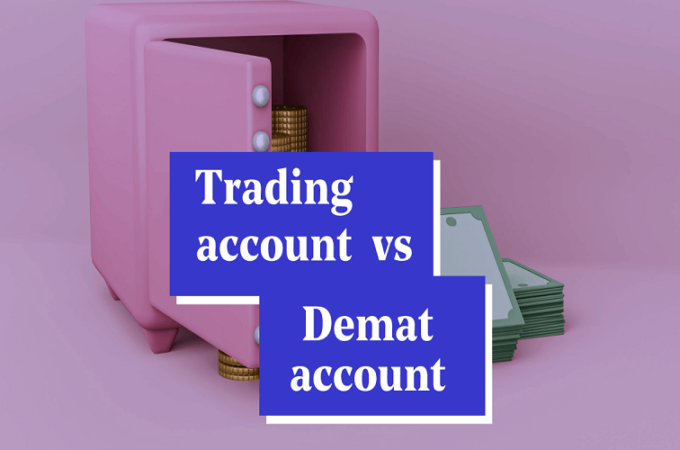
The Role of Market Sentiment in CFD Trading
Contracts for Difference (CFDs) have become a popular trading instrument, offering investors a way to speculate on price movements without owning the underlying asset. CFDs allow traders to leverage their positions, potentially magnifying both gains and losses. In this volatile and dynamic environment, market sentiment plays a crucial role in guiding trading decisions. Understanding how sentiment influences the market and, consequently, CFD trading can significantly impact a trader’s success. Market sentiment refers to the overall attitude of investors toward a particular security or financial market. It reflects the collective emotions, perceptions, and reactions of market participants to news, events, and trends. Sentiment can drive market movements, influencing whether traders adopt a bullish or bearish stance. This makes it essential for CFD traders to grasp how sentiment shifts and how these shifts can affect their trading strategies.
Understanding Market Sentiment
Market sentiment is not a tangible asset; instead, it’s an abstract measure of the prevailing mood among investors. At its core, sentiment is shaped by psychological factors and collective behaviour. For instance, if investors are optimistic about a company’s future, the sentiment will be bullish, potentially driving up the stock price. Conversely, negative sentiment can lead to a bearish outlook and declining prices.
Sentiment can be categorised into different types, such as bullish, bearish, and neutral. Bullish sentiment indicates that investors expect prices to rise, leading to buying pressure. Bearish sentiment, on the other hand, suggests expectations of falling prices, resulting in selling pressure. Neutral sentiment occurs when market participants are unsure or indifferent about future price movements, leading to a lack of strong directional bias. Check out ADSS for more information.
Market Sentiment Indicators
To gauge market sentiment, traders use various indicators and tools. Technical indicators, such as moving averages, Relative Strength Index (RSI), and Bollinger Bands, can offer insights into sentiment. Moving averages smooth out price data to help identify trends, while RSI measures the speed and change of price movements, indicating overbought or oversold conditions. Bollinger Bands provide a range within which the price typically fluctuates, helping traders assess volatility and sentiment.
Sentiment analysis tools have evolved to include social media and news sentiment analysis. Social media platforms, like Twitter and Reddit, can offer real-time insights into public opinion and sentiment. News sentiment analysis involves assessing the tone and content of news articles to determine how news events may impact market sentiment. Market surveys and polls also provide valuable information, as they reflect the collective sentiment of a broader group of investors.
Economic indicators play a significant role in shaping market sentiment. Data releases related to interest rates, employment figures, and economic growth can influence investor perceptions. For example, a strong employment report may boost confidence in the economy, leading to a positive sentiment and upward market movement. Conversely, weak economic data can dampen sentiment and lead to market declines.
Analysing Market Sentiment in CFD Trading
Analysing market sentiment involves both quantitative and qualitative techniques. Quantitative analysis relies on numerical data and statistical models to measure sentiment. For instance, sentiment scoring models assign numerical values to different sentiment indicators, helping traders make data-driven decisions.
Qualitative analysis, on the other hand, involves interpreting news, social media, and other sources of information to gauge sentiment. This approach requires a deeper understanding of market psychology and the ability to read between the lines of news and social media content. Combining both quantitative and qualitative analysis can provide a more comprehensive view of market sentiment.
Impact of Market Sentiment on CFD Trading Strategies
Market sentiment can significantly influence various CFD trading strategies. Trend-following strategies, for instance, rely on the assumption that market trends will continue. A bullish sentiment can drive a positive trend, encouraging traders to buy CFDs and ride the upward momentum. Conversely, a bearish sentiment may prompt traders to sell CFDs or short positions, anticipating a decline.
Contrarian strategies involve going against the prevailing sentiment. When sentiment reaches extreme levels, contrarian traders may see opportunities to capitalise on potential reversals. For example, if sentiment is excessively bullish, it could signal an overbought market, presenting a potential selling opportunity.
Risk management is another critical area where sentiment plays a role. Traders can use sentiment analysis to assess potential risks and adjust their positions accordingly. For instance, if sentiment is becoming increasingly negative, a trader might tighten stop-loss orders or reduce position sizes to mitigate potential losses.
Practical Tips for Incorporating Market Sentiment
Incorporating market sentiment into trading requires the right tools and resources. Sentiment analysis tools, such as sentiment indices and software that tracks social media trends, can provide valuable insights. Leveraging news and social media effectively involves staying updated with current events and understanding how these events impact sentiment.
Developing a sentiment-based trading plan involves integrating sentiment analysis with technical and fundamental analysis. A well-rounded approach can help traders make more informed decisions and adapt to changing market conditions. Balancing sentiment with other forms of analysis ensures a more comprehensive trading strategy.
Conclusion
Market sentiment plays a vital role in CFD trading, influencing trading decisions and strategies. Understanding how sentiment affects the market and how to analyse it can enhance a trader’s ability to make informed decisions. By integrating sentiment analysis with technical and fundamental analysis, traders can develop more effective trading strategies and better navigate the complexities of the CFD market.




